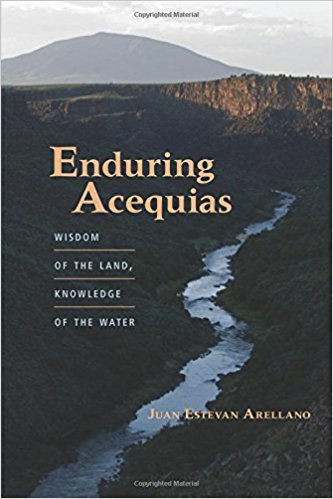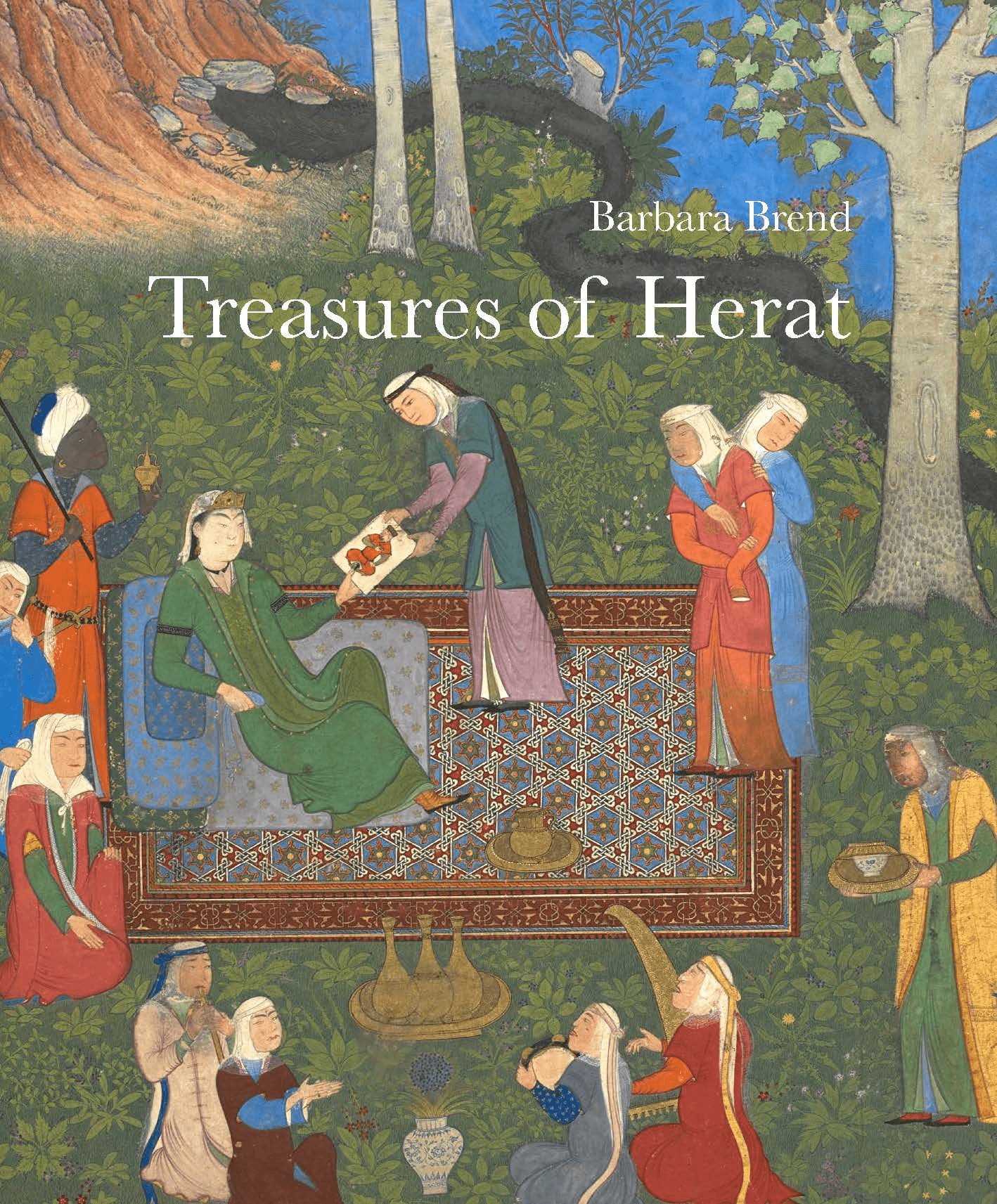
Enduring Acequias: Wisdom of the Land, Knowledge of the Water
Gerald Zarr
Juan Estevan Arellano
2014, University of New Menxico Press, 978-0-82635-5070-2, $24.95 pb.
Acequias—gravity-flow irrigation ditches that evolved over 10,000 years in the deserts of the Middle East—were brought to Spain by the Moors and eventually to the New World. Spanish settlers built acequias throughout the American Southwest, but those in New Mexico are the most enduring. Juan Estevan Arellano spent much of his life advocating for and teaching about acequias, and working on them too. Enduring Acequias, published just before his death, tells everything you need to know about acequias, both as ditches and as institutions of democracy. He takes the reader to his acequia-watered farm at the juncture of the Embudo and Río Grande rivers, about halfway between Santa Fe and Taos, hich he lovingly called his almunyah, from the classical Arabic word meaning “desire.” In his world of acequias, water is a way of life, not a commodity that can be severed from the land.
You may also be interested in...

British Library’s 500-Year-Old Nizami Manuscripts Shed Light on Power of Art and Poetry in 12th-Century Herat
Persian and Mughal scholar and specialist Barbara Brend presents a comprehensive study of one of the most highly esteemed works of Persian Literature.
Asma Khan’s Monsoon Cookbook Reclaims Taste of Home—Our Book Review
Known for her all-female kitchen at London’s Darjeeling Express, Asma Khan transforms her new cookbook into a memoir, steeped in nostalgia.